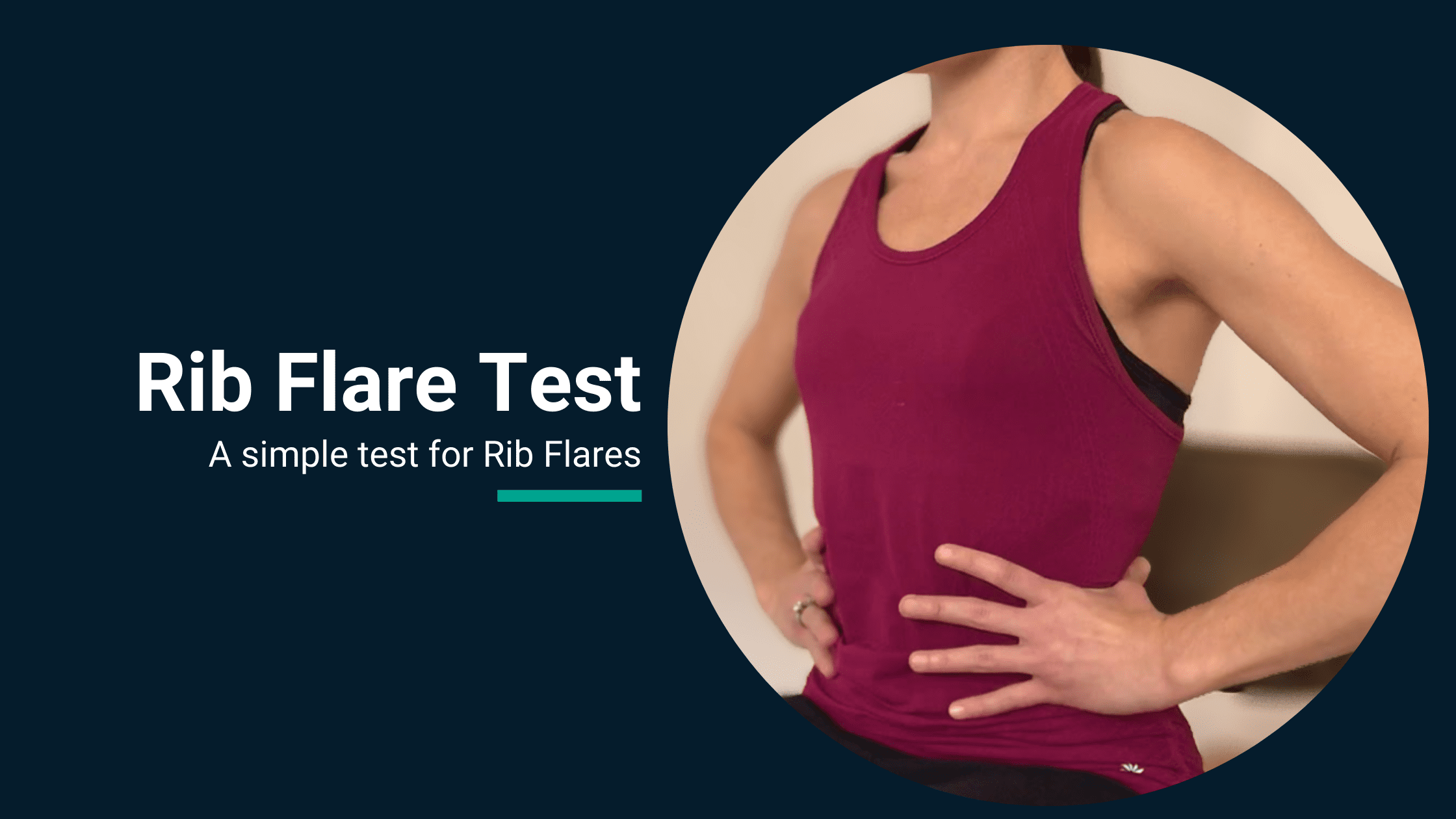Introduction

Image: dannychois.com
Rib flare, a condition characterized by the outward flaring of the lower ribs, is a common complaint among new mothers. It can cause discomfort, pain, and a perceived lack of core strength. While rib flare can be concerning, it’s important to remember that it’s usually temporary and treatable. In this article, we’ll explore the causes and symptoms of rib flare and provide practical steps to address it effectively.
Causes of Rib Flare After Pregnancy
During pregnancy, the body undergoes significant hormonal changes and physical adaptations. The hormone relaxin, released to prepare the body for labor and delivery, can cause the ligaments and muscles around the rib cage to loosen and relax. This increased flexibility allows the abdomen to expand to accommodate the growing baby but can also contribute to rib flare. Additionally, the weight gain and changes in posture during pregnancy can put strain on the rib cage and contribute to rib flaring.
Symptoms of Rib Flare
Rib flare can manifest in various ways:
- Outward flaring: The lower ribs protrude visibly, creating a protruding appearance.
- Pain: Discomfort or pain in the chest or back, which can worsen with breathing or movement.
- Difficulty breathing: Rib flare can restrict lung expansion, leading to shortness of breath or difficulty inhaling deeply.
- Reduced core strength: The weakened muscles around the rib cage can compromise core stability, making it more challenging to engage abdominals.
Steps to Fix Rib Flare After Pregnancy
Reversing rib flare after pregnancy requires a combination of targeted exercises, posture correction, and lifestyle modifications.
1. Deep Breathing Exercises:
- Practice deep breathing exercises by inhaling slowly and deeply through your nose, expanding your abdomen and chest.
- Release the breath slowly through your mouth, relaxing your rib cage back into place.
- Perform these exercises regularly to promote relaxation and retrain the rib cage.
2. Targeted Stretches:
- Chest stretch: Stand or sit with your shoulders back and chest open. Place your hands behind your back, clasping your fingers. Gently push your chest forward, feeling a stretch in the chest and front of the rib cage.
- Lower back stretch: Lie on your back with knees bent and feet flat on the floor. Bring your knees to your chest and wrap your arms around your legs. Gently pull your knees closer while keeping your back supported.
3. Strengthening Exercises:
- Bird dog: Begin on your hands and knees with your hands shoulder-width apart and knees hip-width apart. Extend your left arm forward and right leg backward simultaneously. Hold for a few seconds and then switch sides.
- Plank: Hold a plank position with your forearms on the floor and body forming a straight line from head to heels. Engage your core and focus on breathing deeply.
4. Posture Correction:
- Shoulder posture check: Be mindful of your shoulder position throughout the day. Keep your shoulders back and down, avoiding slumping or rounding.
- Standing posture: Pay attention to your posture while standing. Distribute your weight evenly on both feet, keep your knees slightly bent, and engage your core to maintain an upright stance.
5. Lifestyle Modifications:
- Breastfeeding position: If you breastfeed, ensure you have proper support while holding your baby. Avoid arching your back or straining your rib cage.
- Diaphragmatic breathing: Focus on diaphragmatic breathing during all activities. Inhale deeply through your nose, allowing your stomach to expand. Exhale through your mouth, gently drawing your navel toward your spine.
- Pelvic floor exercises: Strengthening your pelvic floor muscles can help support your core and reduce strain on the rib cage. Practice Kegel exercises by contracting and relaxing your pelvic floor muscles several times a day.
Conclusion
Rib flare after pregnancy is a common concern, but it can be effectively addressed. By consistently implementing the steps outlined above, you can gradually realign your rib cage, resolve pain, and restore core strength. Remember to be patient with your recovery, as it may take time to notice significant improvement. If symptoms persist or worsen, consult a healthcare professional for further evaluation and guidance. Embrace these strategies and take control of your postpartum recovery, ensuring a healthy and comfortable journey into motherhood.

Image: www.youtube.com
How To Fix Rib Flare After Pregnancy